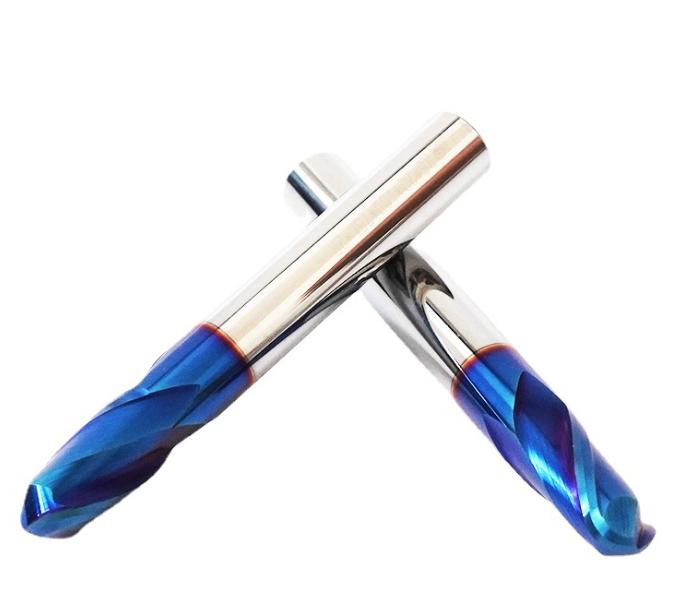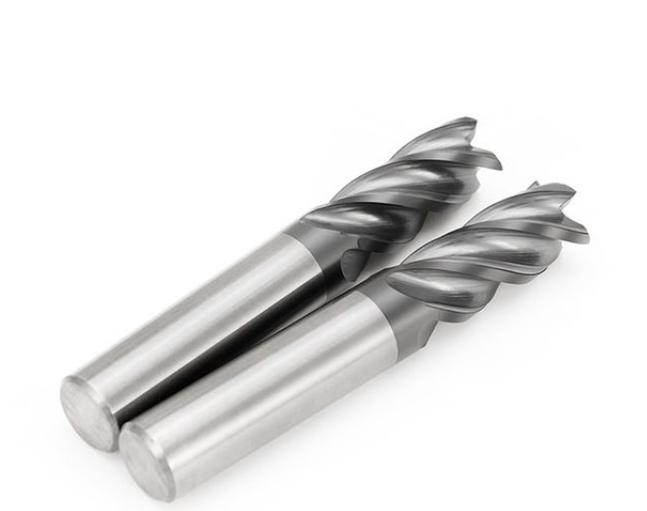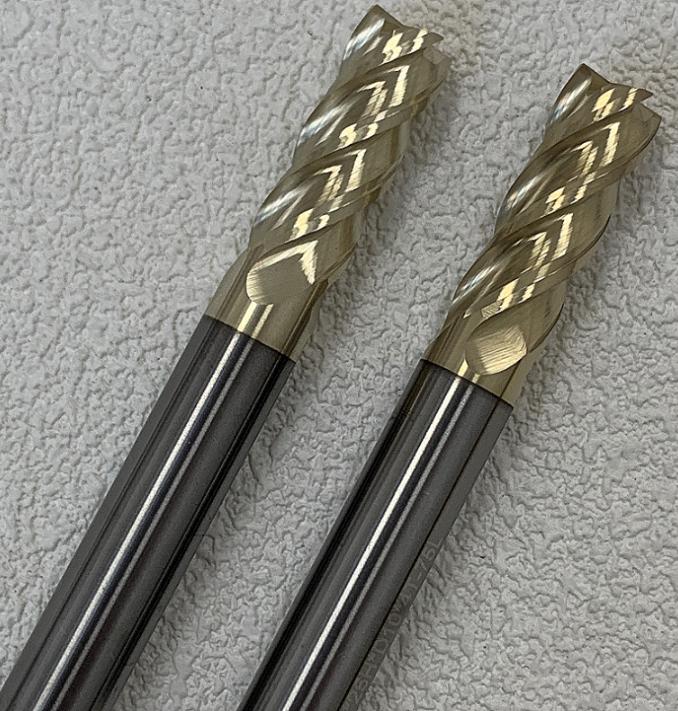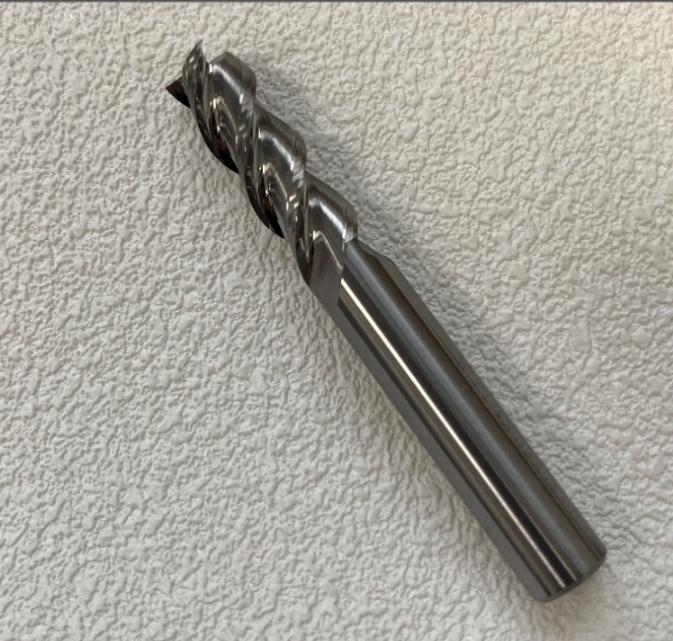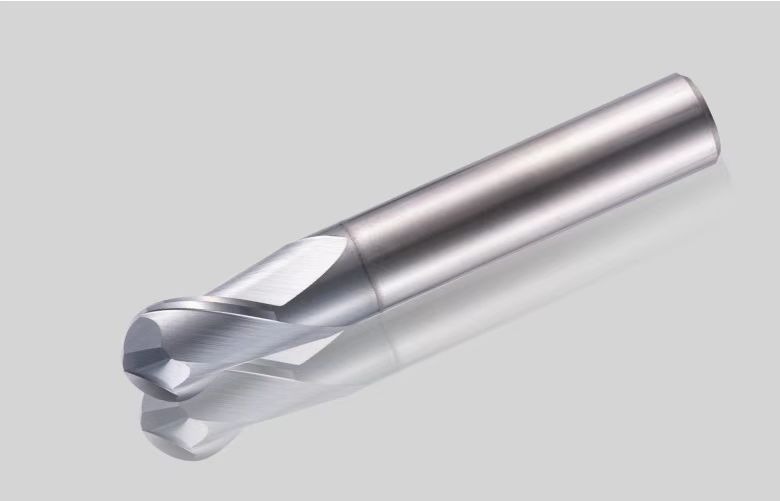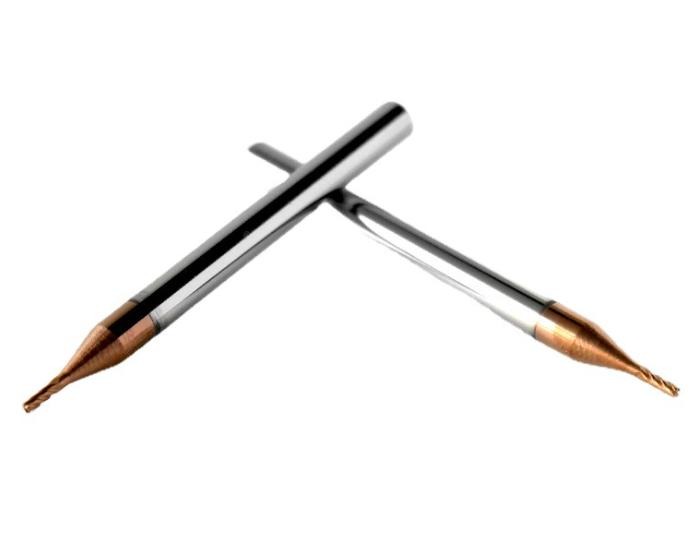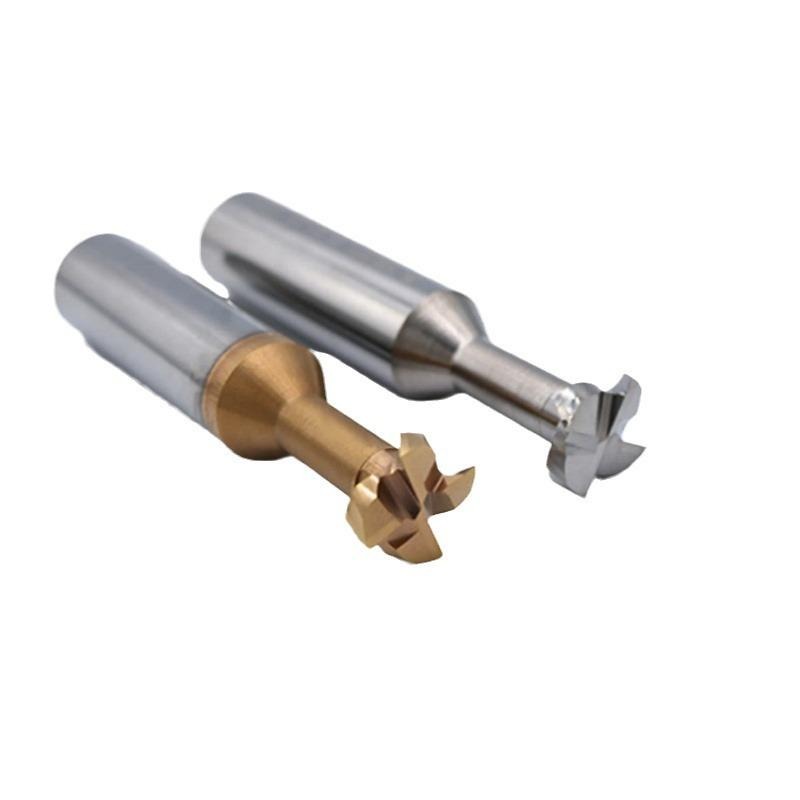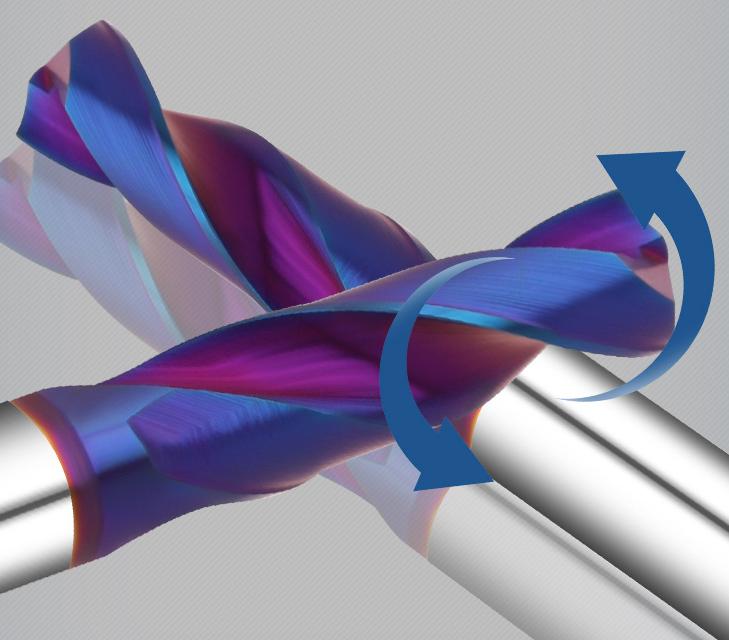Innovative Coating Technologies for Tungsten Steel Milling Cutters
Table of Contents
Tungsten steel milling cutters are indispensable tools in various industries, and they are known for their ability to machine hard materials with precision and durability. However, the performance of these tools is significantly influenced by the coatings applied to them. Recent advancements in coating technologies have enhanced the efficiency, lifespan, and versatility of tungsten steel end mills, making them even more vital in modern manufacturing processes.
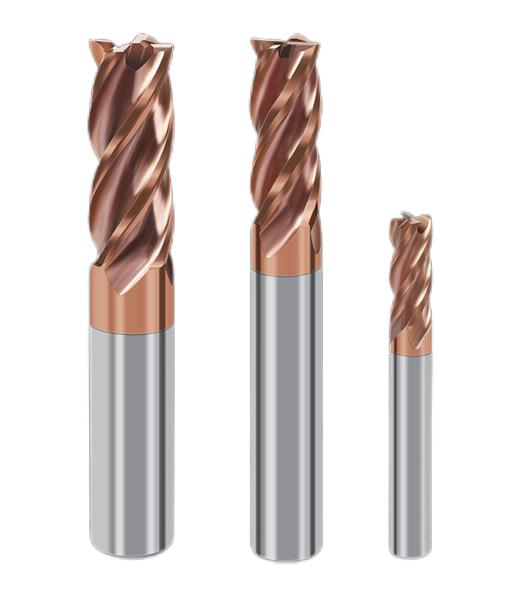
Evolution of Coating Technologies for Tungsten Steel Milling Cutters
Coatings for tungsten steel milling cutters have evolved from basic single-layer coatings to advanced multi-layer and nano-composite coatings. The primary objective of these coatings is to reduce wear, minimize friction, and improve heat resistance.
This chart captures the progression of coating technologies for tungsten steel milling cutters, highlighting their key features and benefits over time.
| Period | Coating Technology | Key Characteristics | Benefits |
| Early 1980s | Uncoated Tungsten Steel | Basic tungsten steel with no coating. | Low cost; simple manufacturing process. |
| Late 1980s | Titanium Nitride (TiN) | Gold-colored, hard ceramic coating. | Increased tool life; improved wear resistance. |
| 1990s | Titanium Carbonitride (TiCN) | Harder and more durable than TiN. | Better wear resistance; enhanced cutting performance. |
| Late 1990s | Titanium Aluminum Nitride (TiAlN) | High heat resistance; dark gray color. | Superior high-temperature performance; longer tool life. |
| 2000s | Aluminum Titanium Nitride (AlTiN) | Advanced version of TiAlN with higher aluminum content. | Excellent heat and wear resistance; improved performance in high-speed machining. |
| 2010s | Multi-layer Coatings (e.g., TiN/TiAlN) | Combination of different coatings for enhanced performance. | Increased tool life; better performance across a range of materials. |
| 2020s | Diamond-like Carbon (DLC) | Extremely hard, smooth, and low friction coating. | Superior wear resistance; reduced friction and heat generation. |
| Present | Nanocomposite Coatings | Advanced coatings with nanostructured materials. | Exceptional durability; optimized for specific applications. |

Key Advancements in Coating Technologies for Tungsten Steel Milling Cutters
1. Multi-layer Coatings
One of the most significant advancements in coating technology has been the development of multi-layer coatings. Unlike single-layer coatings, multi-layer coatings consist of several thin layers of different materials, each contributing specific properties to the overall performance of the cutter. For example, a multi-layer coating might combine the toughness of TiAlN with the heat resistance of AlCrN, resulting in a coating that offers both durability and thermal stability.
These multi-layer coatings are engineered to provide optimal performance by addressing various wear mechanisms, such as abrasive wear, adhesive wear, and thermal degradation. This tailored approach allows manufacturers to create coatings for tungsten steel milling cutters meeting the specific needs of different machining applications.
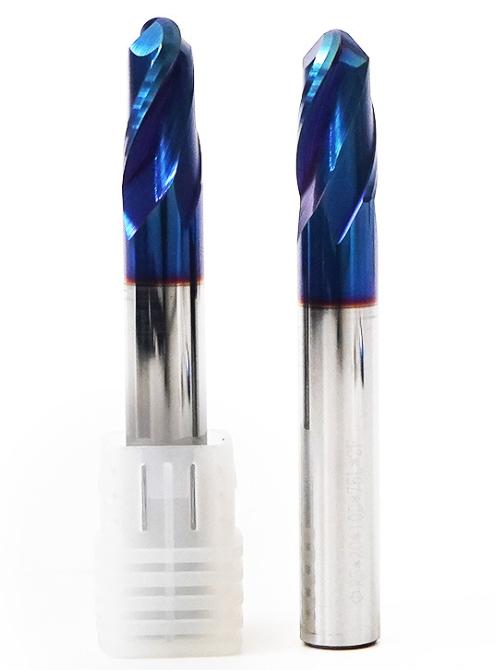
2. Nano-composite Coatings
Nano-composite coatings represent a cutting-edge advancement in the field of coating technologies. These coatings are composed of nanometer-sized particles dispersed within a matrix material, which enhances the coating’s hardness, toughness, and resistance to thermal cracking. The nanoscale structure of these coatings allows for a more uniform distribution of stress and heat, improving the overall performance of the milling cutter.
Nano-composite coatings offer several advantages over traditional coatings, including higher wear resistance, improved thermal stability, and reduced friction. These properties allow tungsten steel milling cutters to maintain their sharpness and cutting efficiency for longer periods, even under challenging conditions.
3. Advanced Deposition Techniques
The methods used to apply coatings to tungsten steel milling cutters have also seen significant advancements. Physical Vapor Deposition (PVD) and Chemical Vapor Deposition (CVD) are the two primary techniques used to apply coatings. Recent developments in these techniques have led to more uniform and precise coatings with better adhesion and reduced residual stress.
Advanced PVD techniques, such as ion-assisted deposition, have resulted in denser and more adherent coatings, which are crucial for high-speed machining applications. CVD techniques have also evolved, with innovations in low-temperature deposition processes that allow for the coating of temperature-sensitive tools without compromising their mechanical properties.
4. Hybrid Coatings
Hybrid coatings, which combine different coating materials and deposition techniques, have emerged as a key area of innovation. These coatings are designed to provide a combination of properties, such as hardness, toughness, and low friction, that cannot be achieved with a single material. For example, a hybrid coating might feature a hard outer layer for wear resistance and a softer, lubricious underlayer to reduce friction and heat generation.
Hybrid coatings are particularly useful in applications that involve machining difficult-to-machine materials, such as tungsten steel end mills for titanium alloys and hardened steels. By combining the best properties of different materials, hybrid coatings help to extend tool life and improve machining performance.
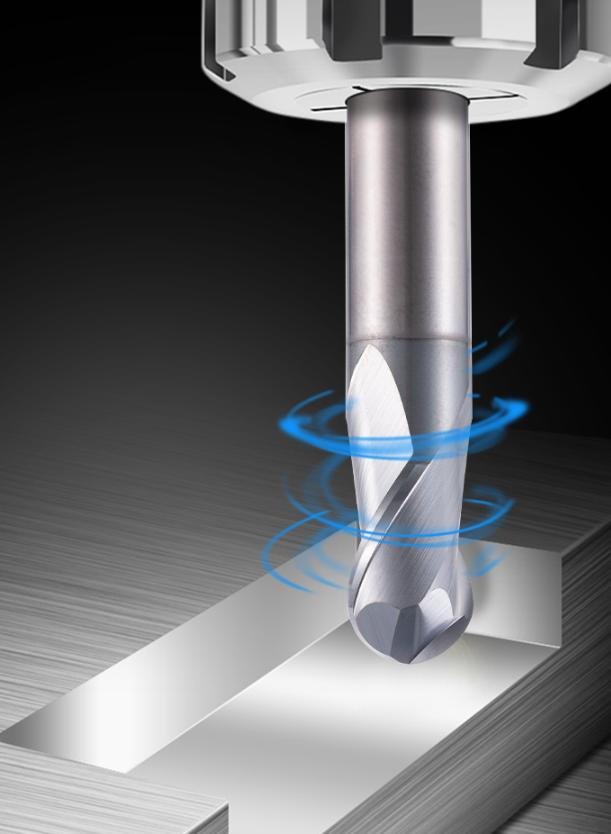
5. Environmental Considerations
The advancements in coating technologies have also been influenced by environmental considerations. The development of coatings that require less energy and fewer hazardous chemicals during the deposition process is a priority for manufacturers. Additionally, the longer tool life provided by advanced coatings reduces the need for frequent tool replacements, contributing to more sustainable manufacturing practices.
One approach involves the use of water-based or low-temperature deposition processes that reduce the environmental impact of coating production. Additionally, coatings that extend the life of milling cutters contribute to sustainability by reducing the frequency of tool replacements and the associated waste.
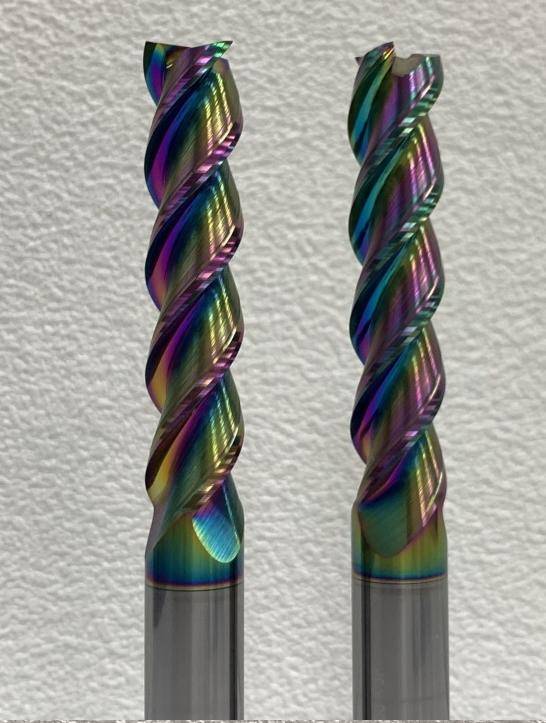
Future Trends in Coating Technologies for Tungsten Steel Milling Cutters
As industries demand higher precision, longer tool life, and improved sustainability, several emerging trends in coating technologies are poised to shape the future of tungsten steel milling cutters.
1. Adaptive Coatings
Adaptive coatings represent one of the most exciting future trends in the field. These coatings are designed to respond dynamically to changing operating conditions, such as temperature, pressure, and wear. For example, an adaptive coating might alter its hardness or friction characteristics as the cutting conditions change, optimizing performance in real time.
The development of adaptive coatings relies on advanced materials science, including the use of phase-changing materials or compounds that react to external stimuli. As this technology matures, adaptive coatings could significantly enhance the versatility and efficiency of tungsten steel milling cutters, especially in complex machining environments.
2. Smart Coatings with Embedded Sensors
Another promising trend is the integration of sensors within the coatings themselves, leading to the development of “smart coatings.” These sensors can monitor various parameters such as temperature, wear, and friction, providing real-time data that can be used to optimize machining processes.
Smart coatings could enable predictive maintenance by alerting operators to the early signs of tool wear or failure, reducing downtime, and extending tool life. Additionally, the data collected by these sensors can be used to fine-tune machining parameters, leading to greater precision and efficiency.
3. Bio-inspired Coatings
Bio-inspired coatings, which mimic the properties of natural materials, are gaining attention as a potential future trend. Nature has evolved materials with exceptional properties, such as the hardness of diamonds or the toughness of nacre (mother-of-pearl). Researchers are exploring ways to replicate these properties in synthetic coatings for tungsten steel milling cutters.
For instance, bio-inspired coatings could achieve a combination of hardness and toughness that surpasses current materials, offering exceptional resistance to wear and cracking. The self-healing properties observed in some biological materials are also being studied, with the goal of developing coatings that can repair minor damage on their own, further extending tool life.
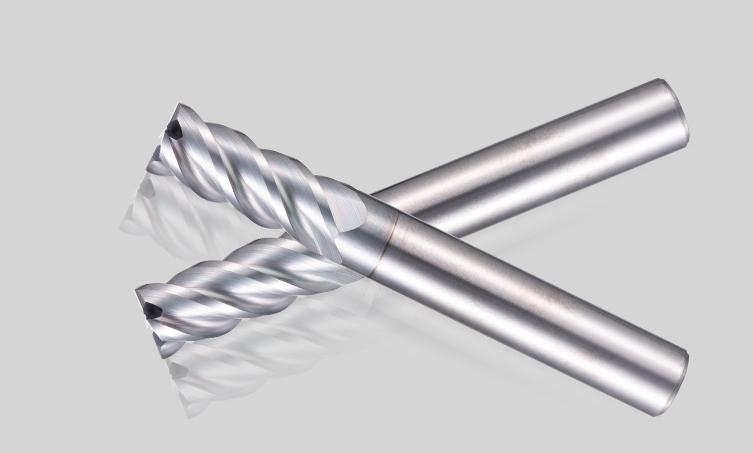
In summary, with the development of multi-layer, nano-composite, and hybrid coatings, as well as improvements in deposition techniques, tungsten steel milling cutters are now more efficient, durable, and versatile than ever before. As research and innovation continue, more groundbreaking trends in coating technologies have emerged, further enhancing machining processes’ performance and sustainability across various industries.

